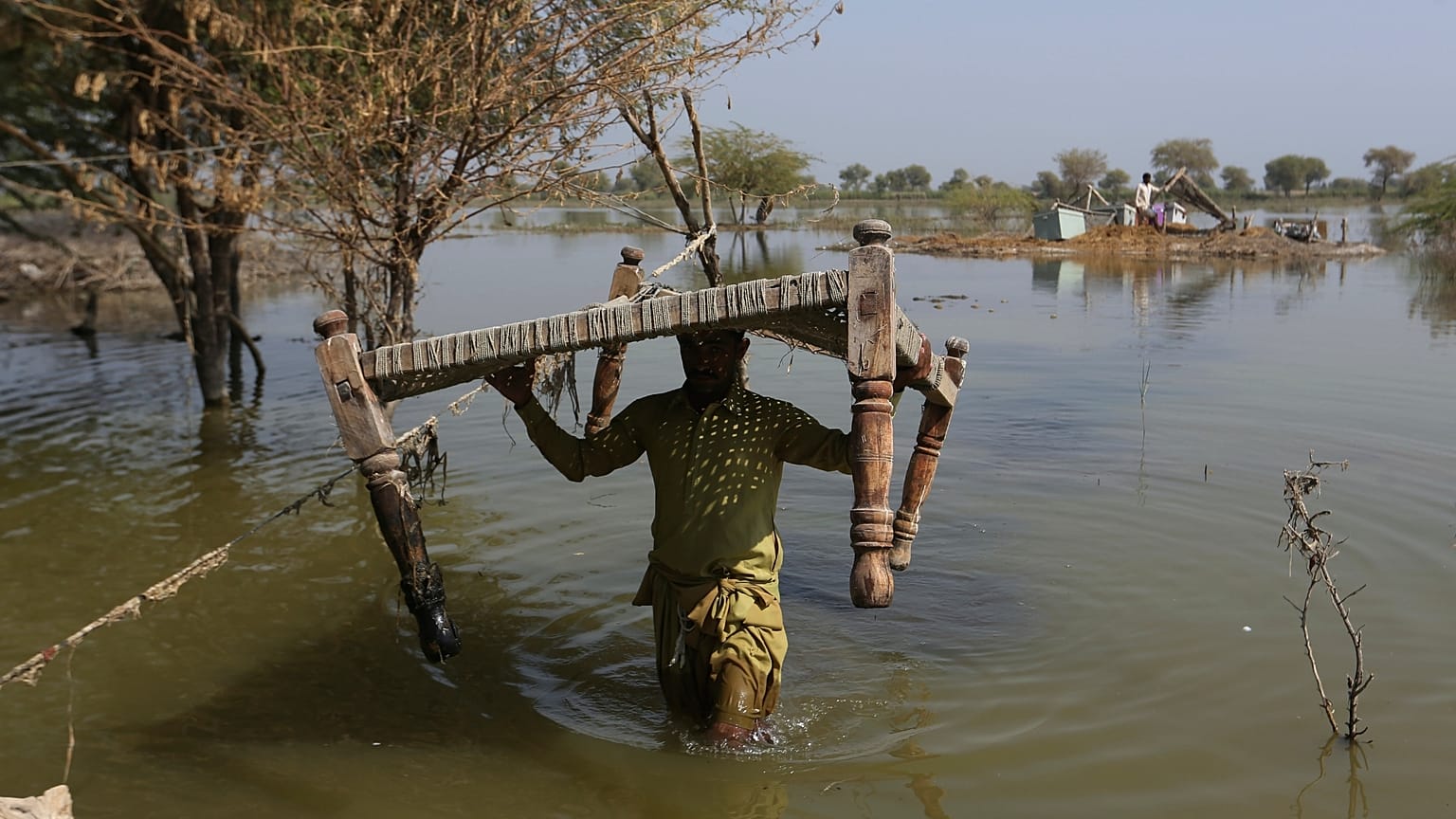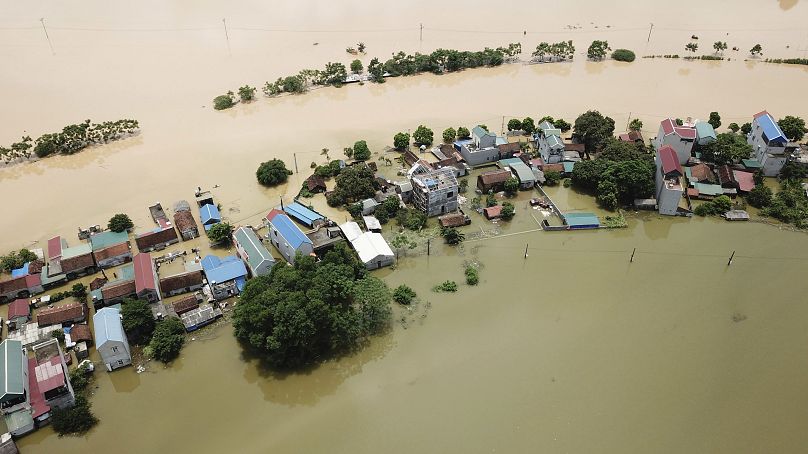The study says that rather than adapting their exposure to climatic hazards, many countries are actively increasing it.
Cities, towns and villages are expanding into high-risk flood zones far faster than they are into safe areas, researchers have found.
Since 1985, the number of settlements worldwide in high flood risk areas has increased 122 per cent, compared to 80 per cent for the safest areas, according to a study in Wednesday’s journal Nature from experts at The World Bank.
These high-risk regions are defined as places that would flood to depths of at least 1.5 metres during a 1-in-100-year flood event.
The authors looked at settlement extent and expansion using satellites instead of population, with the world’s built-up regions growing 85 per cent overall from 1985 to 2015.
"Rather than adapting their exposure to climatic hazards, many countries are actively increasing it," the study's authors write.
Which countries are building in flood zones?
The problem is driven by middle- and low-income countries, the study found.
Richer countries like the United States and parts of Europe are seeing more growth in safer areas than flood-prone ones. The poorest nations haven’t developed as heavily in flood-prone areas, it said.
More than half of the world's expansion of cities and towns into flood zones happened in China and Vietnam. Other rapidly urbanising countries like India, Bangladesh and Thailand also built on large areas of high-risk land.
Libya, which suffered from devastating flooding last month, had an 83 per cent increase in settlement extent in the worst flood zones. Pakistan, also the victim of catastrophic flooding both last year and this year, had an 89 per cent increase.
On the other hand, the United States saw dry settlements increase 76 per cent and the highest flood settlements go up only 46 per cent.
Other countries with more dry settlements than ultra-wet include France, Sweden, Austria, Finland, Japan, Canada and India.
Why are people moving to high-risk flood zones?
When a nation gains some wealth, people move from rural areas to urban ones. They leave the country to go to cities which are often near waterways that can flood, according to study lead author Jun Rentschler, a World Bank economist.
“People are on a search for better lives and better jobs and then sort of get stuck in bad lands because that’s what they can afford,” said study co-author Stephane Hallegatte, a World Bank senior climate adviser and expert on disaster economics.
He said they know it’s dangerous when they arrive.
“What we’re trying to do with the study is to track the process of urban development over time,” Rentschler said.
“What you would expect is that initially you settle in a safe space, but as the city expands, it’s more likely to grow into areas that it previously avoided, flood zones for instance.”
Dar Es Salaam, Tanzania, is a poster city for this problem, the study's authors say. It boomed from a fishing village of about 83,000 people in 1950 to a population of more than 7 million people now, according to World Population Review.
“It is an important paper that compiles data on both developed areas and assets exposed to flooding as never has been done before,” said Columbia University climate scientist Klaus Jacob, who wasn’t part of the research.
“Especially the data on differentiating the countries by income levels is of importance and provides interesting socio-economic insights.”
Is climate change a problem?
Populations growing into flood zones doesn’t mean that climate change isn’t a major problem, the study authors said. In fact, they are intertwined, Rentschler said.
And in both cases, poorer countries could keep from falling into the same trap as middle-income countries are doing now, Hallegatte said.
With urban development, smart planning can prevent some people from moving into the riskiest places, he said.
Then comes the issue of whether it is cheaper to fortify these dangerous areas or better to move people out.
“It’s way cheaper to fix it now than it is to fix it later,” Hallegatte said.
“We’re making the same argument on carbon emissions.”




















